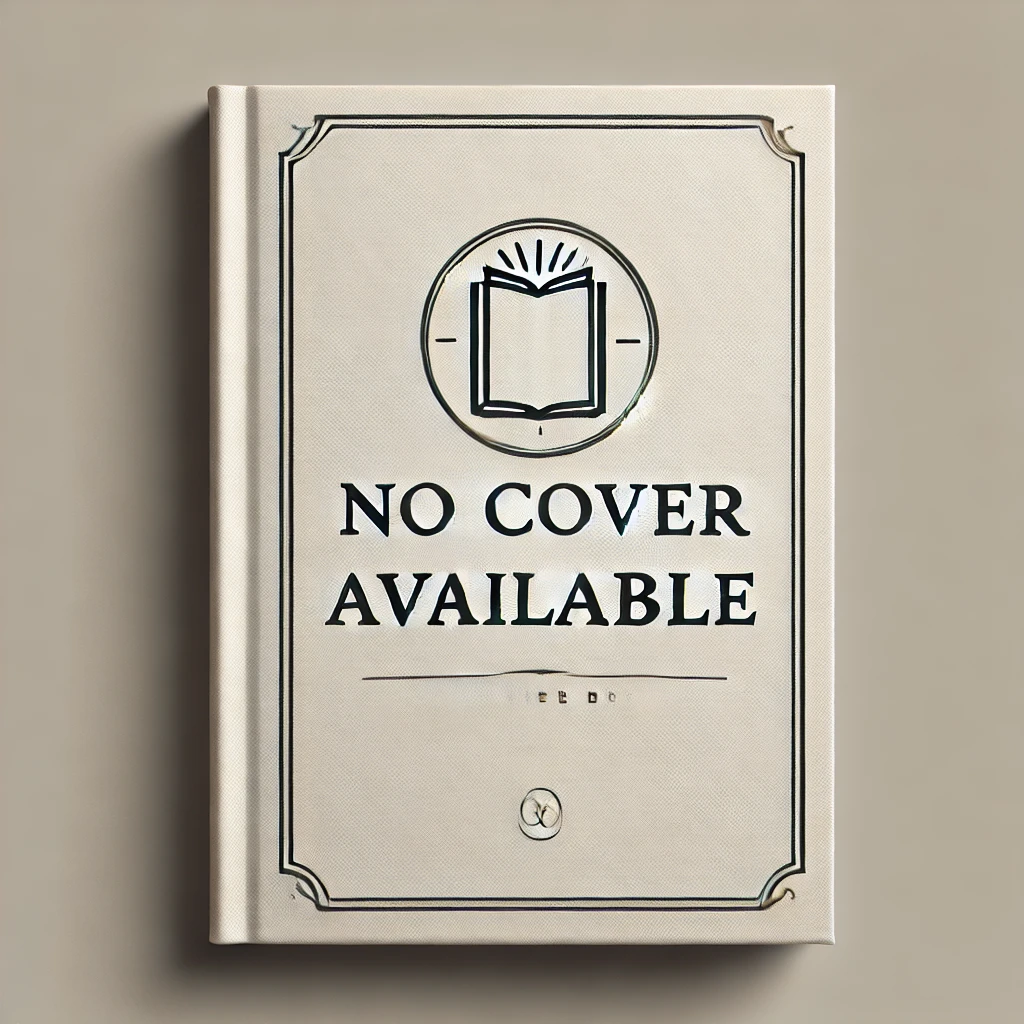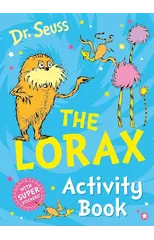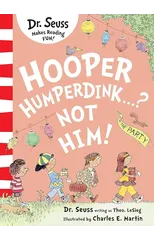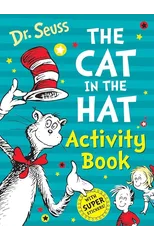Beginning with the ancient practice of bartering, the Cat explains various forms of money used in different cultures, from shells, feathers, leather, and jade to metal ingots to coins, to the current king of currency, paper. A fascinating introduction is bound to change young reader's appreciation for change! This title and others form part of a series of books that takes an off-beat look at nature and natural sciences through a fun combination of Seussian rhymes and zany illustrations. Aimed at early readers - from four to seven year olds - the books are designed to bridge the gap between concept books written for preschoolers and more formal non fiction titles that require fluent reading skills. By presenting the facts in a lively and rhythmic manner, they provide the critical foundation upon which complex facts and ideas can eventually be built.
Dr. Seuss
Dr. Seuss, born Theodor Seuss Geisel, was an American author and illustrator known for his whimsical and imaginative children's books. His most notable works include "The Cat in the Hat," "Green Eggs and Ham," and "Oh, the Places You'll Go!" Dr. Seuss's unique literary style combined playful rhymes, quirky characters, and vibrant illustrations to create engaging stories that captured the hearts of readers of all ages. His contributions to literature include promoting literacy, creativity, and moral values through his storytelling. Dr. Seuss had a significant impact on the children's book genre, influencing generations of writers and artists. His most famous work, "The Cat in the Hat," remains a timeless classic beloved by readers worldwide.



